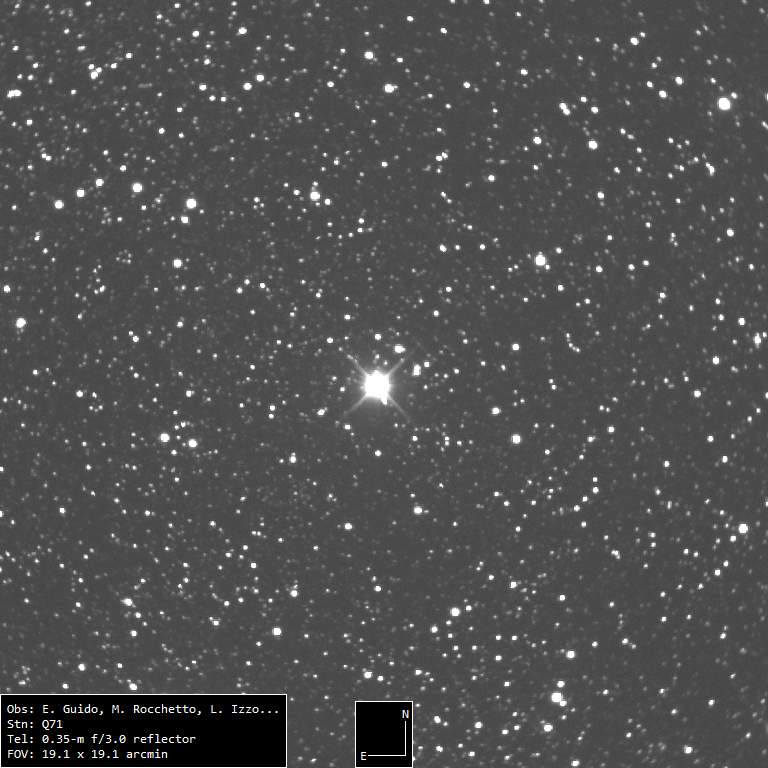by Mark Armstrong
There’s a ‘new’ star in the constellation of Centaurus. A nova dramatically appeared on 22 September, discovered by John Seach of Grafton, Australia.

The nova is easy to find, located just 1.5 degrees north of brilliant alpha Centauri (R.A. 14h 37m 22s and declination –58° 47′ 40”), and initial reports have it at magnitude +5.8, just visible with the naked eye.
Novae are short-lived outbursts from binary star systems in which gas piles up onto a white dwarf from a companion star, igniting a thermonuclear reaction on the white dwarf.
Centaurus is well placed in the south-western sky at nightfall from equatorial regions and farther south. Typically, novae brighten in the first few days, so observations are strongly encouraged.
Share your images with us via gallery2025 @ astronomynow . com
